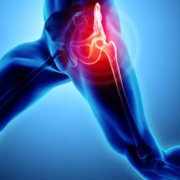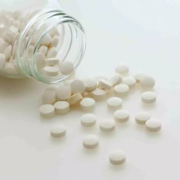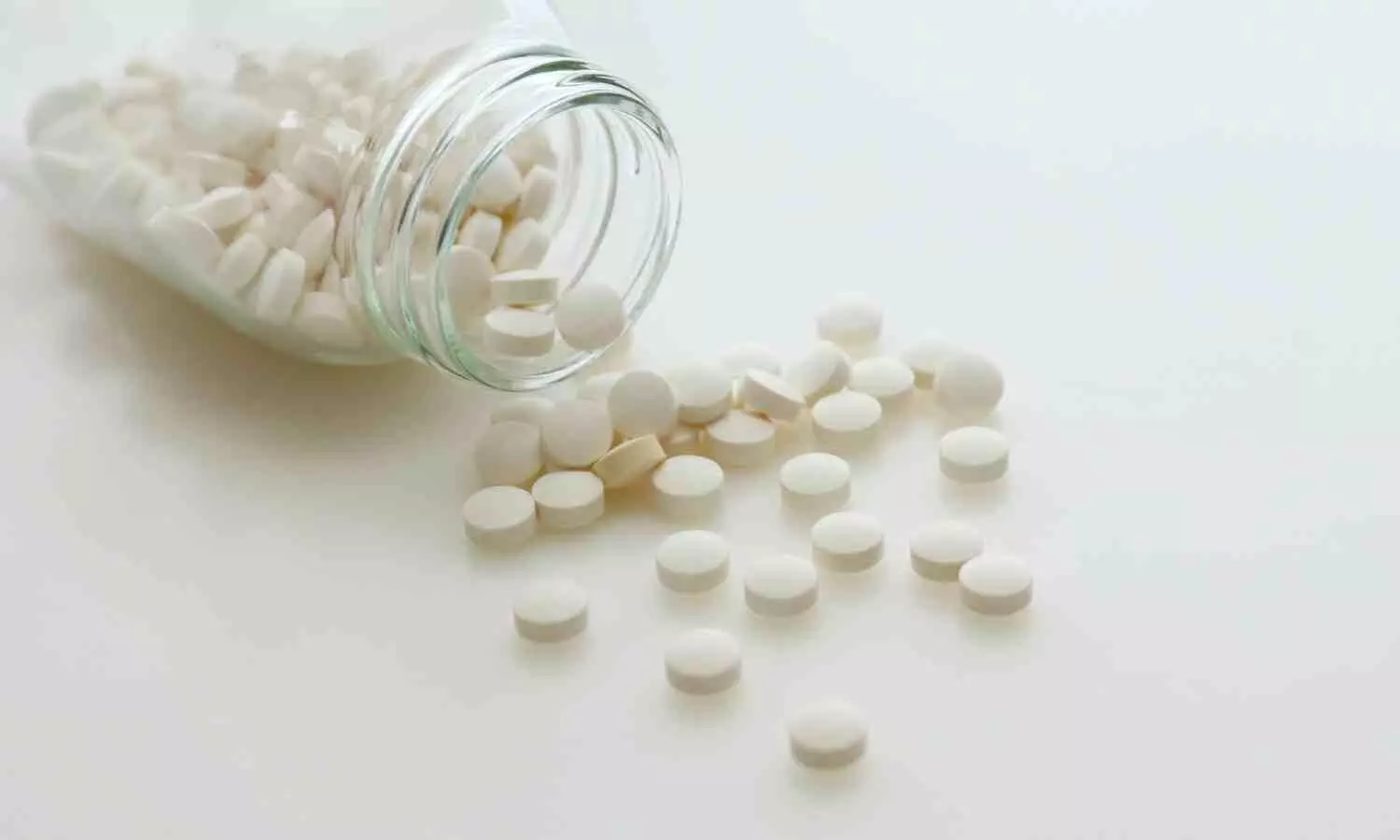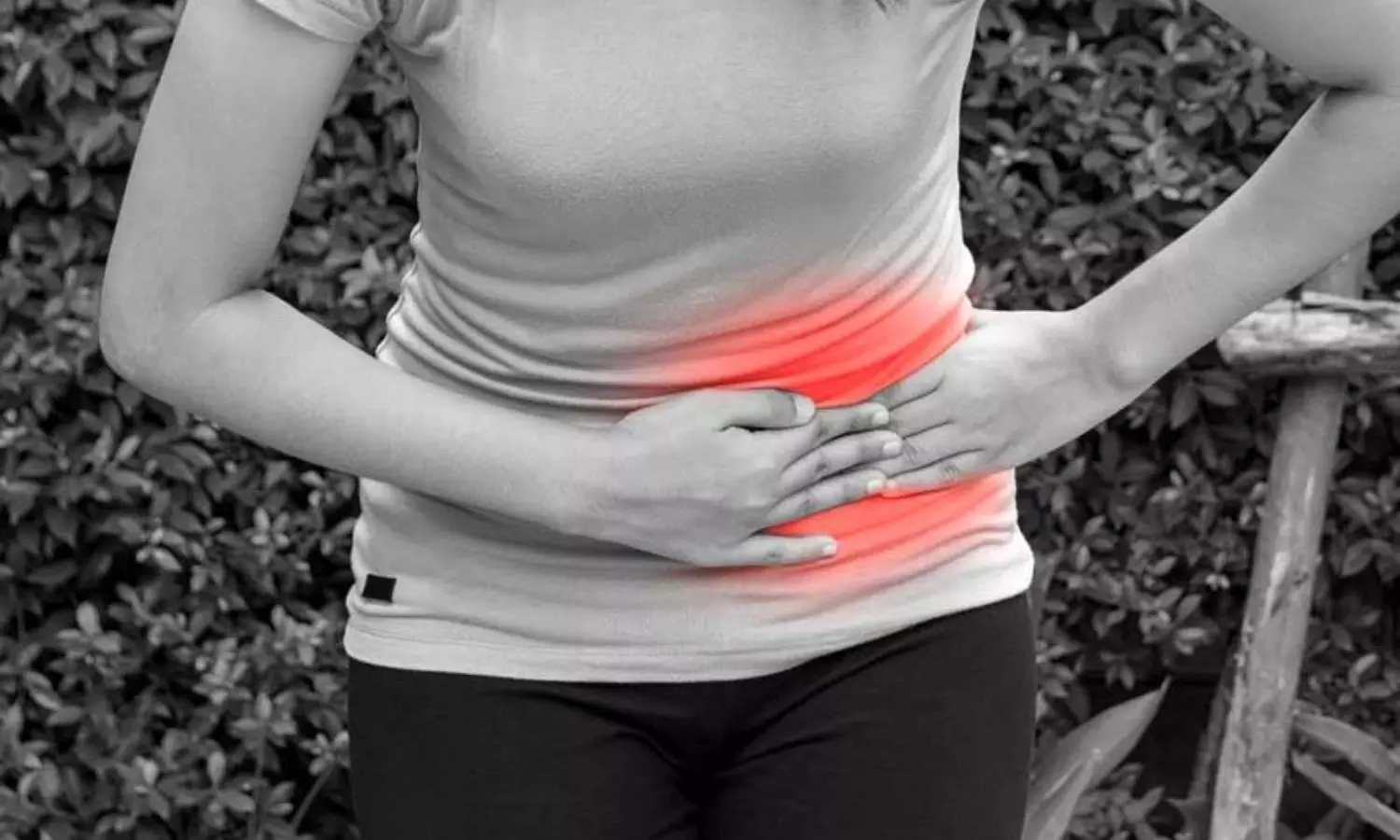Progressive resistance training as good as neuromuscular exercise for relieving pain in hip OA patients: Study
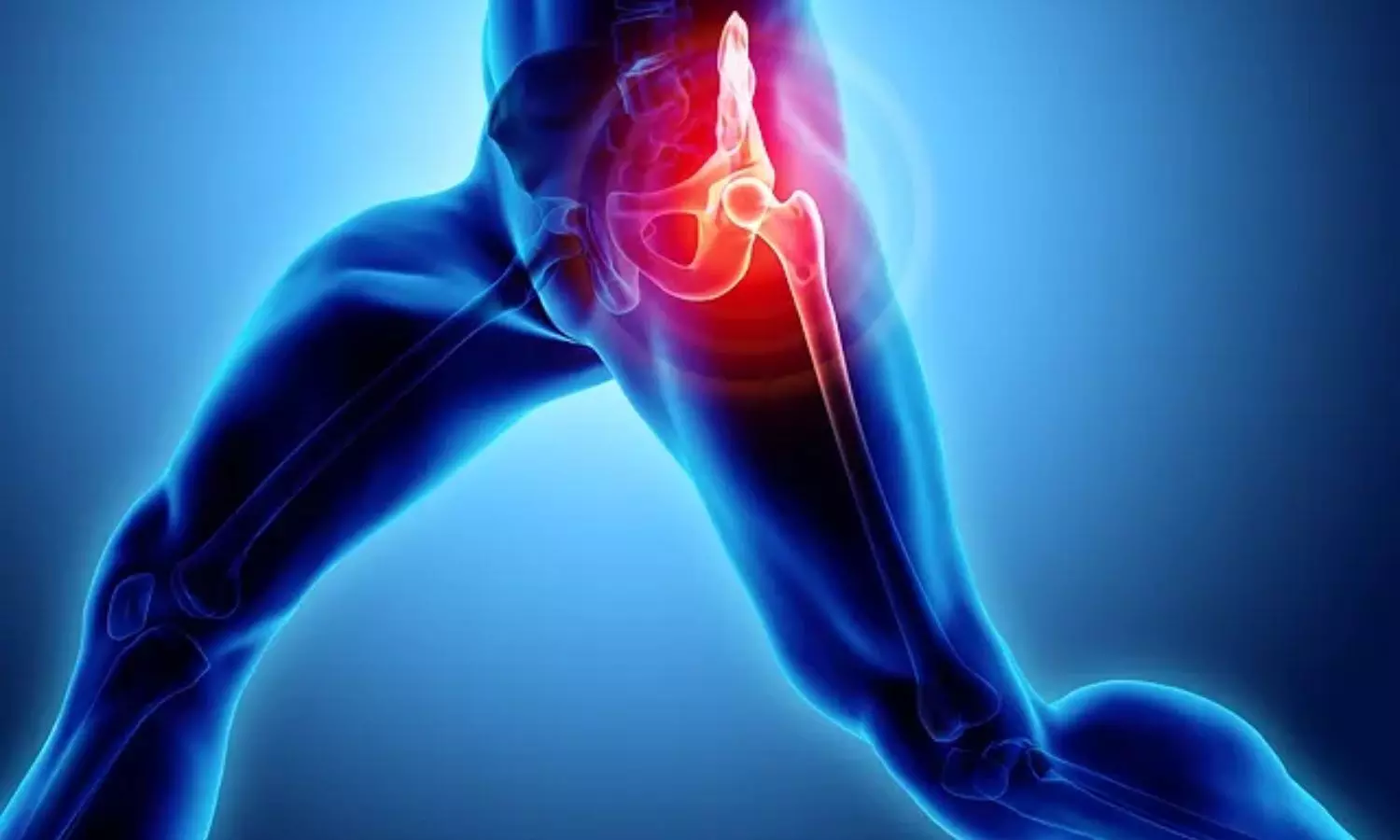
Denmark: In patients with hip osteoarthritis (OA), progressive resistance training (PRT) is not superior to neuromuscular exercise (NEMEX) for improving hip pain, functional performance, or hip-related quality of life (QoL), a recent study published in Annals of Internal Medicine has revealed.
NEMEX emphasized sensorimotor control & stability, while PRT focused on high-intensity resistance training. The primary outcome, change in the 30-second chair stand test (30s-CST), showed no significant difference between the groups.
Hip osteoarthritis is a prevalent and debilitating condition characterized by stiffness, joint pain, and reduced mobility. Traditional management approaches often include medication and lifestyle modifications. However, emerging research suggests that targeted exercise interventions, such as progressive resistance training or neuromuscular exercise hold significant promise in managing hip OA symptoms and improving overall function. However, randomized controlled trials providing evidence for the optimal exercise type are lacking.
To fill this knowledge gap, Troels Kjeldsen, Næstved-Slagelse-Ringsted Hospitals, Slagelse, Denmark (T.K.), and colleagues aimed to investigate whether PRT is superior to NEMEX for improving functional performance in patients with hip OA.
For this purpose, the researchers conducted a multicenter, cluster-randomized, controlled, parallel-group, assessor-blinded, superiority trial enrolling 160 participants with clinically diagnosed hip OA from 2021 to 2023. They were randomly assigned to PRT (n = 82) or NEMEX (n = 78).
They received twelve weeks of PRT or NEMEX with 2 supervised 60-minute group sessions each week. The PRT intervention comprised of high-intensity resistance training exercises targeting muscles at the hip and knee joints. The NEMEX intervention comprised 10 exercises and emphasized functional stability and sensorimotor control.
The primary outcome was a change in the 30-second chair stand test. Key secondary outcomes included changes in scores on the pain and hip-related QoL subscales of the Hip Disability and Osteoarthritis Outcome Score (HOOS).
Following were the study’s key findings:
- The mean changes from baseline to 12-week follow-up in the 30s-CST were 1.5 chair stands with PRT and 1.5 chair stands with NEMEX (difference, 0.0 chair stands).
- For the HOOS pain subscale, mean changes were 8.6 points with PRT and 9.3 points with NEMEX (difference, −0.7 points).
- For the HOOS QoL subscale, mean changes were 8.0 points with PRT and 5.7 points with NEMEX (difference, 2.3 points).
The main limitation of the study was that the participants and physiotherapists were not blinded.
In conclusion, both progressive resistance training and neuromuscular exercise showed comparable efficacy in improving functional performance, hip pain, and hip-related quality of life over 12 weeks in hip osteoarthritis patients.
Reference:
Kjeldsen T, Skou ST, Dalgas U, Tønning LU, Ingwersen KG, Birch S, Holm PM, Frydendal T, Garval M, Varnum C, Bibby BM, Mechlenburg I. Progressive Resistance Training or Neuromuscular Exercise for Hip Osteoarthritis : A Multicenter Cluster Randomized Controlled Trial. Ann Intern Med. 2024 Apr 9. doi: 10.7326/M23-3225. Epub ahead of print. PMID: 38588540.
Powered by WPeMatico

